In the world of automobiles, the engine is the heart and soul of a vehicle. It’s where the magic happens: fuel is ignited, and power is generated to propel your car forward. But have you ever wondered how an engine breathes efficiently, producing optimal power and maintaining fuel efficiency?
The answer lies in the intricate dance between car engine valves and camshafts. These two components play a pivotal role in controlling the airflow within an engine, and they significantly impact your vehicle’s performance and fuel economy.
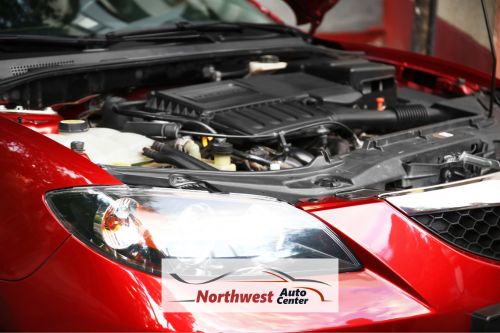
Understanding Car Engine Valves
Car engine valves are like the gates to the engine’s combustion chamber. They open and close to allow air and fuel to enter and exhaust gases to exit. The precise timing of these movements is critical to engine performance. Many engines have two valves: intake and exhaust valves, but newer engines have multiple valves per cylinder (some 3 and some 4 valves).
Intake Valves
These valves open to allow a mixture of air and fuel to enter the combustion chamber, where the spark plug ignites it. The timing and duration of the intake valve opening plays a crucial role in determining the engine’s power and efficiency. When the intake valve opens, the piston moves downward, creating a vacuum that sucks in the air-fuel mixture. The efficiency of this process effects power output and fuel efficiency.
Exhaust Valves
Once the air-fuel mixture has been ignited and the power stroke is complete, the exhaust valves open to allow the spent gases to exit the combustion chamber. The exhaust valve opening timing is also essential, as it affects how well the engine can expel exhaust gases, impacting power and efficiency.
The Role of Camshafts
Camshafts are the maestros that dictate the movements of engine valves. They control the timing and duration of valve opening and closing.
Camshafts are directly linked to the rotation of the engine’s crankshaft, which is a car engine’s primary power source. As the camshaft turns, it pushes on the valve lifters or followers, pushing against the valves to open and close them. The shape of the camshaft lobes determines the timing and duration of these movements.
Valves and Camshafts Working Together
The timing of valve opening and closing must be precisely synchronized with the position of the pistons in the engine’s cylinders. If this synchronization is off, it can lead to a loss of power and efficiency. This is where the camshaft’s design becomes crucial.
Camshaft profiles are engineered to maximize performance under specific conditions. A performance-oriented camshaft might allow for longer valve opening durations and higher lifts, promoting better airflow and power generation at higher engine speeds. On the other hand, a more economy-focused camshaft would prioritize fuel efficiency and low-end torque by restricting valve lift and duration.
Variable Valve Timing (VVT)
In pursuit of the best of both worlds – power and fuel efficiency – many modern engines are equipped with Variable Valve Timing (VVT) systems. VVT allows the engine to dynamically adjust the valve opening and closing timing based on driving conditions. This technology can advance or drawback the camshaft’s position, optimizing airflow for different engine speeds and loads. VVT can enhance low-end torque and fuel efficiency at lower RPMs by keeping the valves open longer. At higher RPMs, it can maximize power output by adjusting the valve timing for greater airflow.
Benefits of Optimal Valve and Camshaft Control
Improved Power Output
The engine can breathe more efficiently when the intake and exhaust valves are precisely timed. This means the combustion chamber receives the right amount of air and fuel at the right moment, leading to better power output. A well-designed camshaft can significantly influence this process.
Enhanced Fuel Efficiency
Just as optimal valve and camshaft control can boost power, it can also improve fuel efficiency. When the air-fuel mixture is better regulated, the engine can burn fuel more efficiently, reducing waste and conserving energy.
Reduced Emissions
Efficient combustion improves power and fuel efficiency and reduces harmful emissions. When all the fuel is burned completely, there are fewer unburnt hydrocarbons and other pollutants in the exhaust gases.
Valves and Camshafts: Controlling Airflow for Optimal Performance
Car engine valves and camshafts are unsung heroes in the quest for optimal engine performance and fuel efficiency. Their harmonious coordination ensures that your engine breathes efficiently, generating the power you need while consuming fuel judiciously.
So, whether you’re looking for high performance, fuel economy, or a balance of both, understanding the significance of these components is crucial for maintaining your vehicle’s health and longevity. Always ensure your car’s valves and camshafts are well-maintained to experience the full potential of your engine.

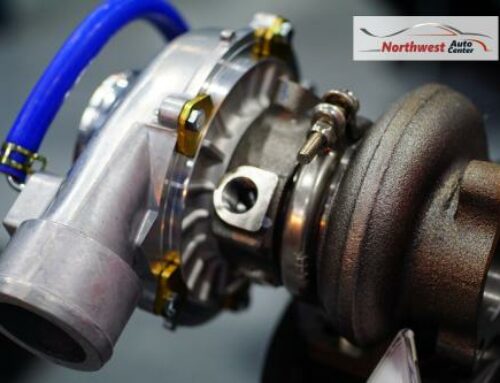
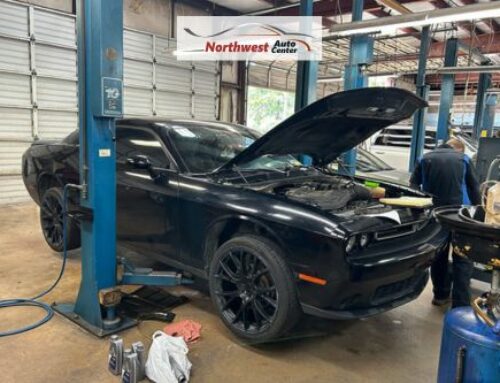
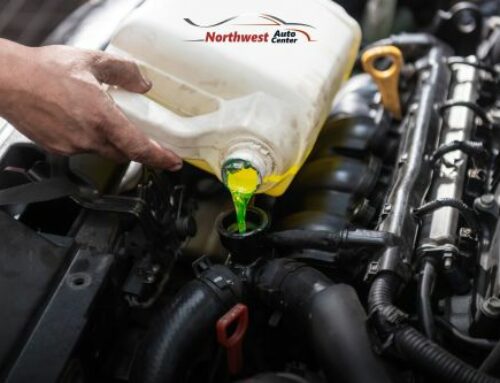
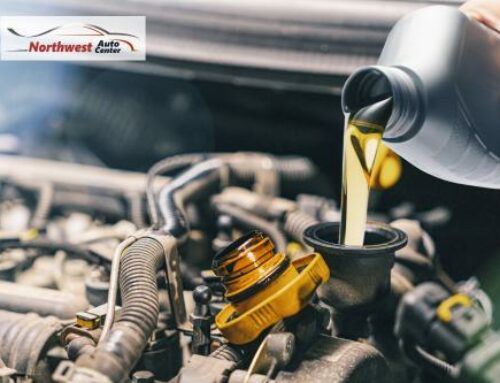

Leave A Comment
You must be logged in to post a comment.